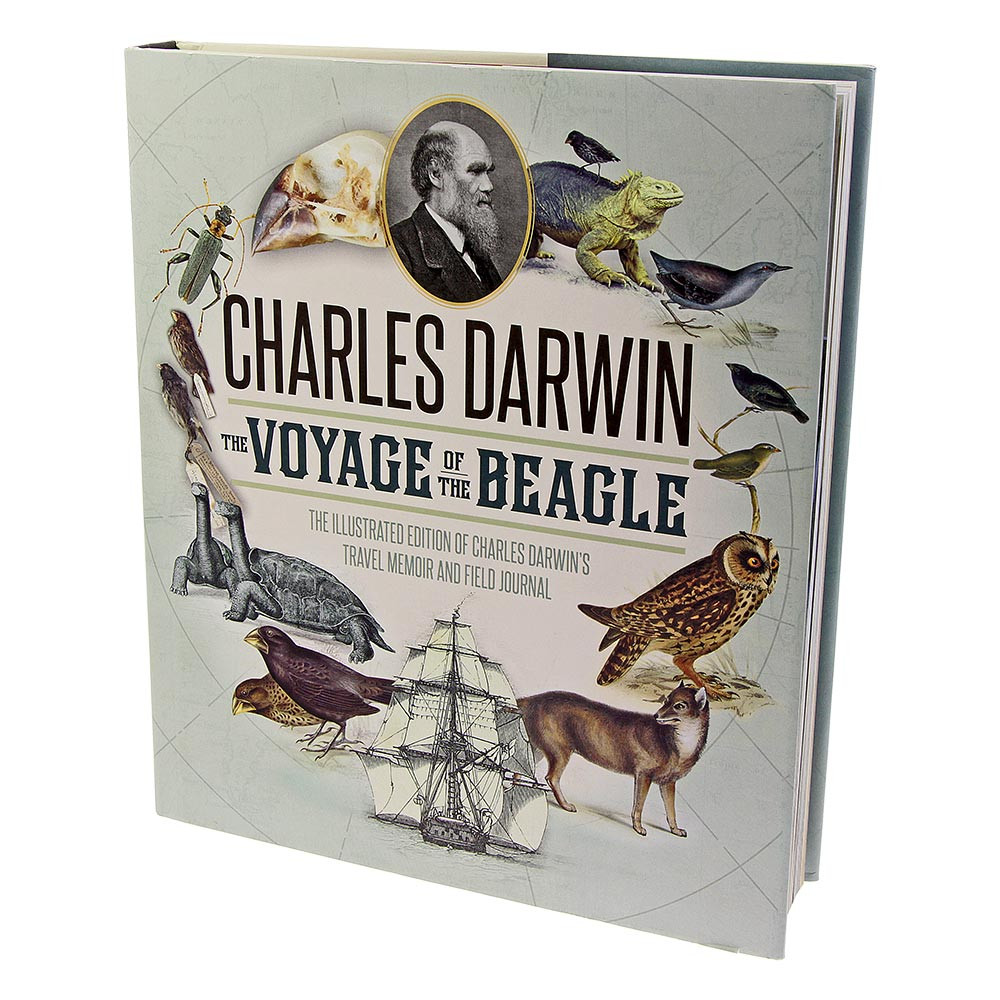The Book that Colored Naturalism
FOR STUDENTS
Have you ever thought to what extend people imagine things you are describing them? Do they feel the same? Does their mind draw the same shapes and colors you have in your mind?

It is hard to reproduce in words a picture to others, not in vain they say it’s easier to show than to narrate. However the power and might of the word is underrated. A German geologist Abraham Werner was the one to change it. Werner established a color nomenclature describing the colors, shades and hues for his mineral classification research that unexpectedly brought loveliness into science. Let’s find out more about Charles Darwin, research done by Charles Darwin Service’ essay writers.
The Romance of Science
Science and art are much more related than it may seem. They both unfold the secret beauty of the world to the public. It’s formidably hard to reach out to someone who has never seen the things you saw and make them experience the same feelings. The work of Werner bridged this gap and incorporated the analytic spirit of science into the romantic world of art. His work in the translation to English by a flower-painter Patrick Syme, almost 50 years later, colored the science for the readers.
One of the world’s greatest naturalists Charles Darwin is known not only for his evolutionary theory. It may be a surprise to find out him in the role of a voyager exploring the nature for almost 5 years across the southern hemisphere. Among the most important scientific supplies Darwin wouldn’t let The Werner’s Nomenclature of Colors out of his hands.

The water around him as he wrote in The Voyage of the Beagle was “indigo with a little azule blue and “the fish pale yellowish brown” with “muscles on sides pale coppery.” Imagine “crab back brownish orange with auricula purple” and legs mottled “orpiment orange”.”The description so vivid and beautiful that while reading the whole book you discover yourself on the “orange-colored white” sandy beach admiring the “leek green” palm tree foliage.
The color may fade, the image may be forgotten but the “bluish gray” mountain slopes curved on the paper will carry its beauty and vividness through the generations. The vigor of the narration safely stores the charms of nature for the ones who cannot reach it across the ocean.
A Book one of a Kind
The Werner’s Nomenclature of Color however has nothing to do with the theory of colors. There is a range of world-recognized color nomenclature and books for designers and painters to use for professional purposes and understand the colleges. Werner’s Nomenclature is seen as the work of art. Just give it a thought: the black and white pages of the book can beget the colors that everyone can imagine to the full extend. This paradox is the true evidence of the immense potency of the word. This book not only enriches the speech but allows conveying the world guise around to a tee.

The book of color has change the world of naturalism and made science appealing even to the deepest romantics. Just one color, the black color of the ink, has enough courage and power to portrait the brightness of almost two hundred shades of other ones. Isn’t it beautiful?


